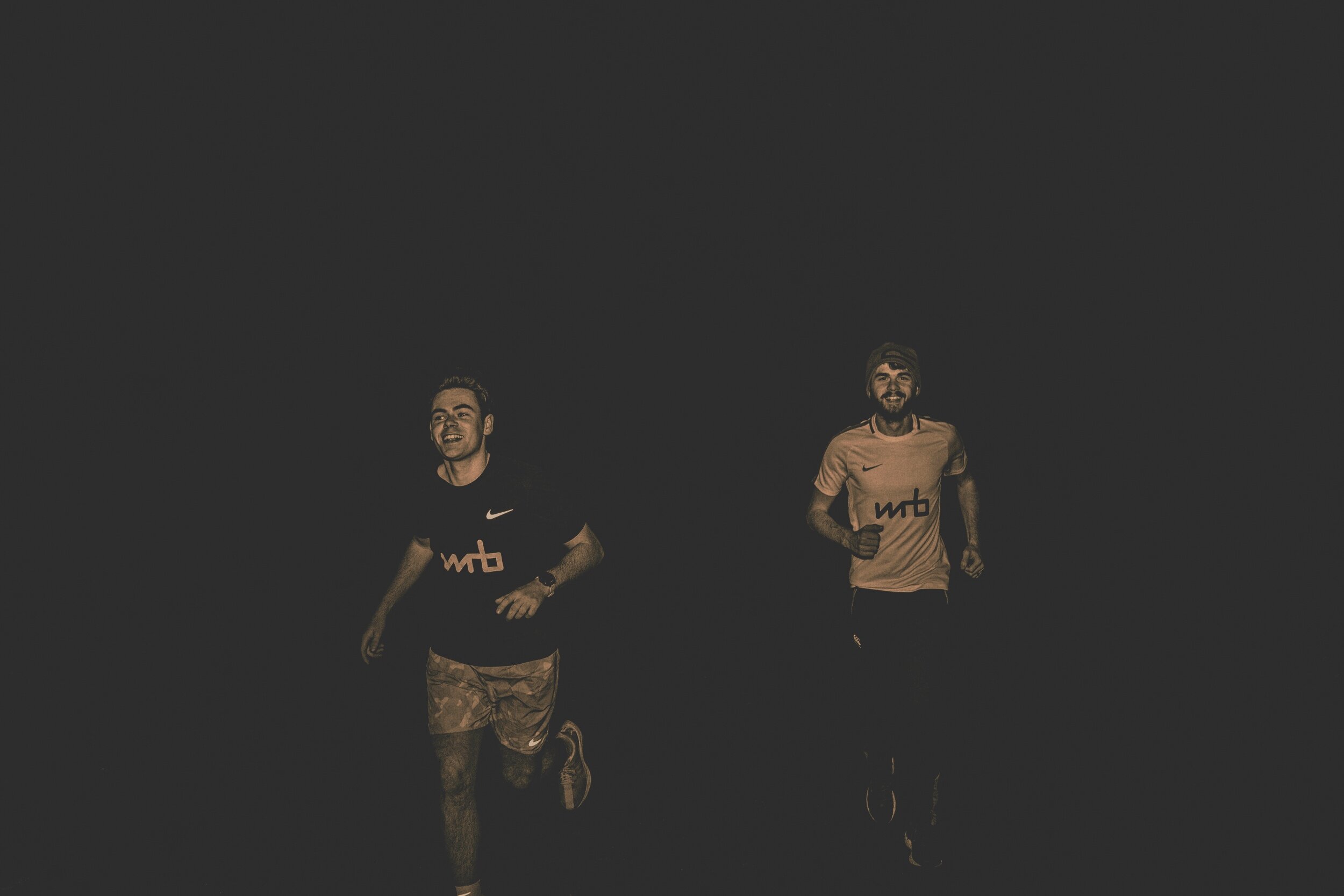Runner's knee: the impact of step rate
Knee pain while running? You’re definitely not alone.
Of all the causes of knee pain, patellofemoral pain is a very common problem amongst runners, but also occurs in approximately 22% of the general public. Past research has shown, and recent research reaffirms, that a large contralateral pelvic drop and increased hip adduction angle during a step may contribute to a lateral pull on the knee cap (aka patella), causing tracking problems and irritation of the joint.
The study:
A case series study by Bramah et al looks at how increasing a runner’s step rate by 10% may help reduce patellofemoral pain due to changes in the mechanics of his or her running. Inclusion criteria required participants to have a clinical diagnosis of patellofemoral syndrome, with symptoms caused by a running-related injury.Participants were excluded if they reported a history of osteoarthritis, structural deformity of the knee, neurological deficits or traumatic onset of injury, ceased running, or were currently undergoing treatment. They also underwent a 3-D analysis of running mechanics that confirmed the presence of aberrant hip and/or pelvic kinematics. In the end, 12 subjects participated in the study.
Subjective outcome measures included reported pain (NRS) and questionnaire (LEFS), while functional outcome measures looked at the following parameters during running assessment: peak contralateral pelvic drop (CPD), hip adduction angle (HADD), hip internal rotation and knee flexion.
Participants were asked to increase their step rate by 10% using a metronome to help keep track of their pace. No other restrictions to training parameters were mentioned, as long as they experienced pain less than 3/10 and maintained 10% increased step rate.
Outcome measure data were collected at 4 weeks and 3 months after start of experiment date.
The results:
Significant reduction in pain scores on NRS from 6.2/10 at baseline to 1/10 at 4 weeks and 0.3/10 at 3 months.
Significant improvement in questionnaire scores (LEFS) from 62.3 at baseline to 76.6 at 4 weeks and 79.7 at 3 months.
Decreased contralateral pelvic drop by an average of 3.12° at 4 weeks, and 2.73° at 3 months.
Decreased hip adduction angle by an average of 3.99°at 4 weeks and 2.86° at 3 months.
Decreased peak knee flexion angle by an average of 4.1° at 4 weeks and 4.15° at 3 months.
All mentioned data were significantly significant at p<0.01.
What this means:
While the study had its obvious limitations (low sample size, no control group), it suggests that there may be a correlation between a 10% increased step rate and decrease in hip drop, hip adduction and peak knee flexion angles during running, all of which contribute to faulty mechanics of the patellofemoral joint.
Other than increasing step rate, see the vids below to view some other examples of hip and knee stability exercises to future proof those knees.
REFERENCES:
Bramah C, Preece SJ, Gill N, Herrington L. A 10% Increase in Step Rate Improves Running Kinematics and Clinical Outcomes in Runners With Patellofemoral Pain at 4 Weeks and 3 Months. Am J Sports Med. 2019 Dec;47(14):3406-3413. doi: 10.1177/0363546519879693.
